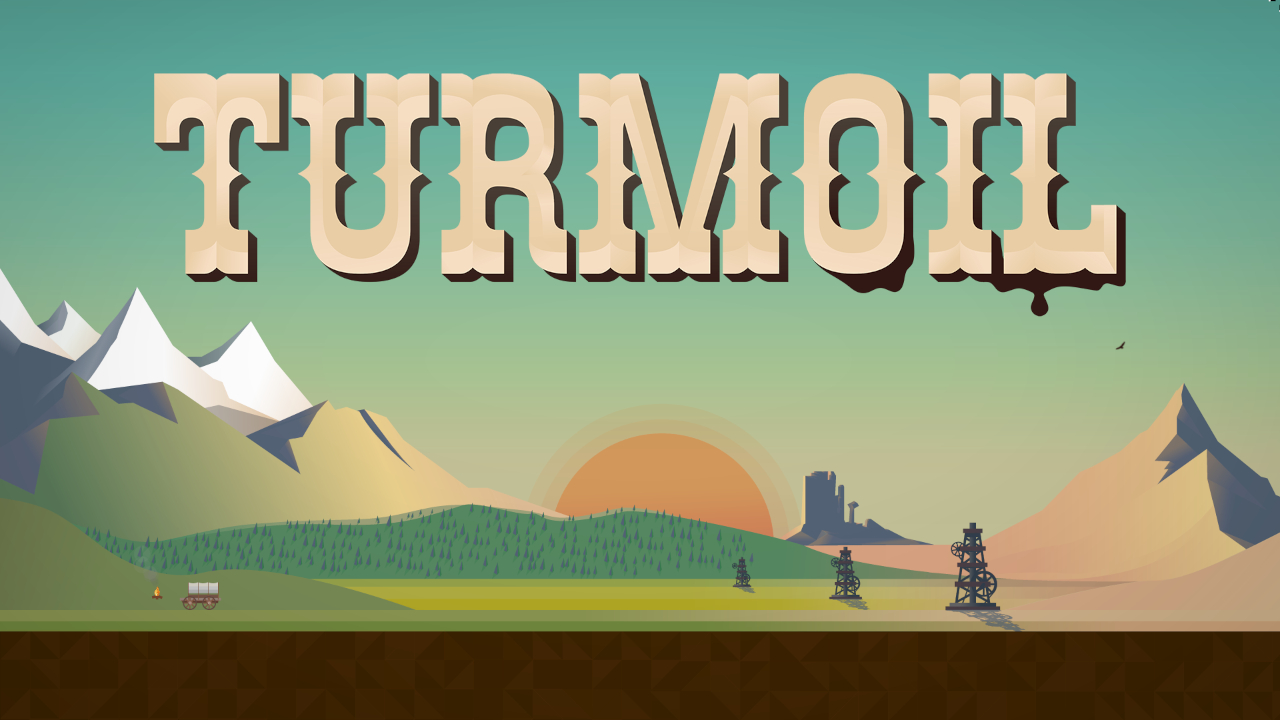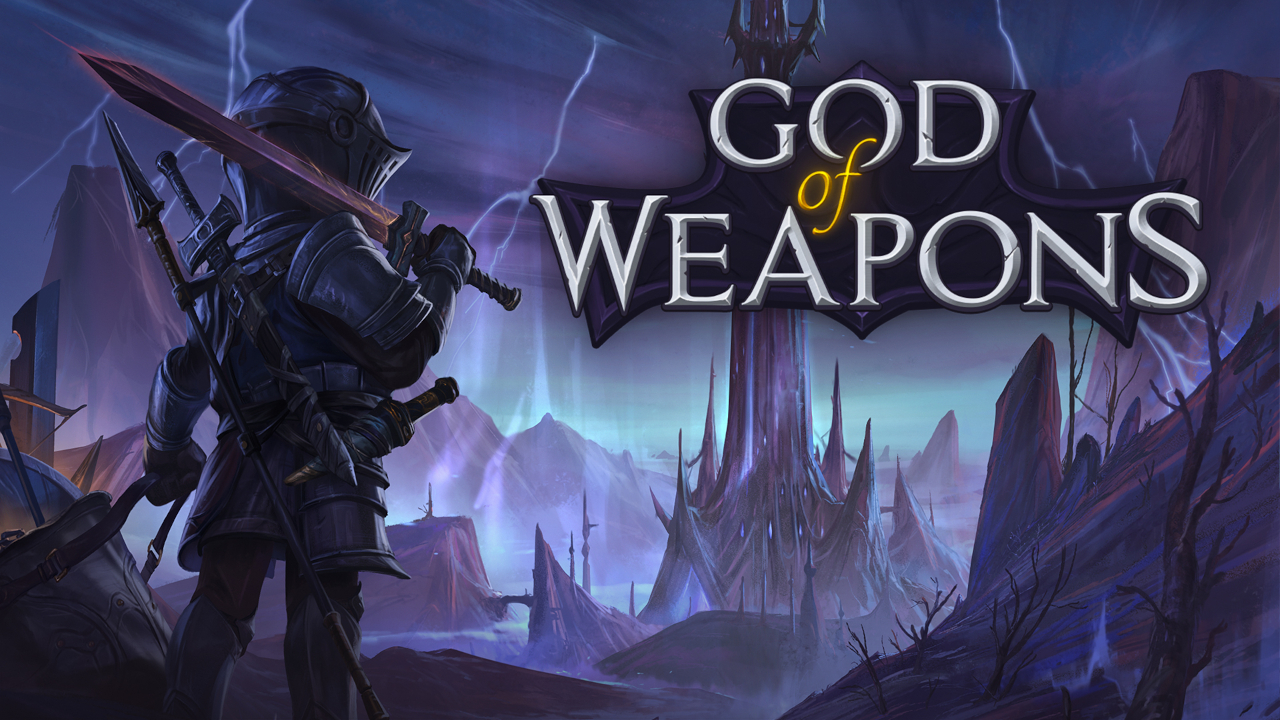Yes, there are still reasons to get out paper and a pen in 2023.
Please Note: CodeWritePlay participates in the Amazon Associate program and may earn money from qualifying purchases through its product links
People occasionally let me know they’re surprised to see me keeping track of life in a paper journal, so I know for each of them, there are surely a couple of others who have quietly decided I’m an idiot. But I haven’t gone crazy! While I do find writing by hand supremely relaxing, there are loads of legit benefits to taking your hands off the keyboard once in a while.
The benefits of writing by hand
Diagrams and other doodles
Whether I’m reading, planning, or participating in a meeting, writing lets me take notes my way, and that way may change at a moment’s notice.
We typically find it helpful when we’re reading a book or article and the author includes a quick diagram or flowchart. Why should our notes be any different? Sketching something up while I take notes helps me capture how things are organized or how they work.
More importantly, I find this is a very quick way to identify gaps in my understanding. If you’re doing design or development work, this can save you a ton of time and embarrassment in the future. Try seamlessly switching from writing to sketching up shapes and connections in Microsoft Word.
It’s not Microsoft Word
In fact, let’s acknowledge Microsoft Word itself as a compelling argument in favor of writing by hand here and now. If you send me a PDF you made from your own handwriting and attached a note that said, “Hey, it’s not a Word document,” I’d say, “Yep. Got me there.”
The benefits of mindfulness
Handwriting is a mindfulness exercise. I refer to mindfulness on occasion in my writing because it’s more of a scientific concept than most people are aware of. The Harvard Gazette reports that studies have shown hard evidence that mindfulness practice can concretely improve:
- anxiety
- depression
- chronic pain
While experts are hopeful about indicators that it can address even more health issues including:
- fibromyalgia
- irritable bowel syndrome
- psoriasis
- PTSD
We unwillingly spend most of our time trapped in a carefully-designed ecosystem of distraction. Your phone, your tablet, your computer, and everyone who can access you through them depend on converting your attention into cash. To follow your own train of thought, you have to actively fight back.
Deliberately-paced handwriting is an effective way to stay in the present and reflect on whatever you’ve committed this time to. Uncontrolled distractions are seriously detrimental to our bodies and our minds.
Writing by hand requires you to slow down–unless you somehow write faster than the average person types which I’d love to see. As a writer, I appreciate the way this makes me carefully select my words or pay the price with cramping and lost time. Typing along with a meeting tends to become an exercise in how much you can capture of what’s happening in the room. The better I get at it, the less I’ve found I was actually thinking. Handwriting immediately engages my actual understanding of the discussed concepts so that I can cut through to the essence of what I really need to take away with me.
And who doesn’t love fiddling with a pen in a discussion?
Further reading
We’ve all likely heard a little about the science behind why handwriting helps retention, but Corissa E. Haury did a nice modern breakdown of the studies for the Stack Overflow blog late last year. If you’re interested in further reading about handwriting as a visual learning and tactile experience, that’s a great place to start.
Typing will always be faster, but since when has faster been better for learning? For some reason we still live in a culture obsessed with in-person meetings, live lectures, and phone calls. If you’re not recording those events, you’re agreeing to share information in the worst ways possible, and no amount of typing is going to save it. In-person apologists cling to the theory that it’s best to be in the room in case you have questions about what you’ve heard, but how often do you know the right questions to ask immediately upon being presented with new information?
Bonus: A Case for Using Actual Paper
Let’s be honest: office supplies rule. While I love that we’re gradually developing better digital handwriting products–and I’ve tried most of the leading tech–I’ll go as far as to say it’s no substitute for good old-fashioned tree guts. If you don’t like writing on paper, you probably haven’t spent enough time to make handwriting your own.
The right notebook is a second brain
Throughout high school and college, I thought gridded paper was the official choice of super-brained geniuses. More recently, I found dotted paper. What a game changer. I can write words unobstructed by vertical lines, but I can also connect the dots to draw primitive shapes as well as vertical, horizontal, or diagonal lines. When I started bullet journaling on dotted pages, my personal productivity got supercharged. This is why I strongly believe in using one notebook to organize every part of your life.
To do this, I first tried a small planner from Commit30 with a flexible binding which I really liked. The small pages eventually became problematic–too much flipping and readjusting, and I filled it up pretty quickly.
Because I went through the Bullet Journal obsession phase (I still practice and strongly believe in it), I did try a couple of the “official” bullet journal notebooks from Leuchtturm. They’re high quality, but the hardback-style bindings kept the similarly small pages from laying very flat, and I found them pretty awkward to write in. Through some poking around on Amazon, I found B5-size dotted grid journals from Rettacy that I absolutely love. It’s good quality paper in a flexible book, there’s a nice little folder pocket in the back cover, and a two pack set me back a little over half of what either of my previous notebooks cost.
When I’m out and about, I like to take a Rite in the Rain weatherproof notepad along.
The right pen is the mightiest sword
Don’t get me started on pens. I used to use the plastic Pentel EnerGel pens you could grab at Target and felt like I was really treating myself. Then I entered this phase of life where waste really bothers me, so I bumped up to the Pentel EnerGel retractable alloy model (still under $10) with some ink refills, and it’s been a trusty sidekick ever since. I occasionally eyeball the Ridge Bolt Action Ballpoint, but starting at $60, I’ve never brought myself to pull the trigger. For those small notepad travel days, a friend on Twitter clued me in about Olight’s excellent bolt action mini ballpoint pen. It clips on top of the pad’s spiral and together they take up hardly any space at all.
With the right supplies, few activities are more pleasant.
No cables attached
Let’s also take a moment to appreciate that, in addition to paper not getting banner notifications or FaceTime calls, you don’t have to plug it in. As someone 35 days into puppy training, let me tell you how much I appreciate anything without a plug or cable right now. Of course, dogs aside, it’s nice knowing you’ll never pick up your trusty notebook and find out it needs to be charged half an hour until you can even open it.
While you can organize files in your computer however you like them, another nice feature of notebooks that capture your life is that you can easily see at a glance how you’re spending your time. When you find yourself saying this is the year you’re going to publish your first book but you have 115 pages of daily notes about hockey season, it can be a real wake-up call. Paper journals map the trail of your days in a pretty powerful way. Maybe you want that left behind for someone after you’re gone or maybe you don’t, but it’s a unique artifact that you’d have a much more difficult time assembling digitally.
My wife has expressed discomfort about paper being wasteful, and it’s something I’ve had to explore as well. Ultimately, I’d argue it’s less wasteful than usual the way I’ve come to do it.
The Bullet Journal website has a short explainer on the concept of “threading,” and it’s the number one thing I wish someone had presented to me as a student. Basically, it’s a method for starting each subject or topic in your notebook on the next available empty page, then adding page numbers at the bottom of the appropriate pages to create a trail you can follow easily through the notebook to read that trail start to finish without page flipping to hunt back and forth. With this method, I can use every empty space available in a notebook, filling it completely, and keep it forever for reference purposes.
If you’re not currently doing any handwriting, treat yourself to a new notebook and a pen you like. Find something–anything–to track, and try it. See if it doesn’t spread outward into your life and become one of your favorite parts of the day.






Leave a Reply